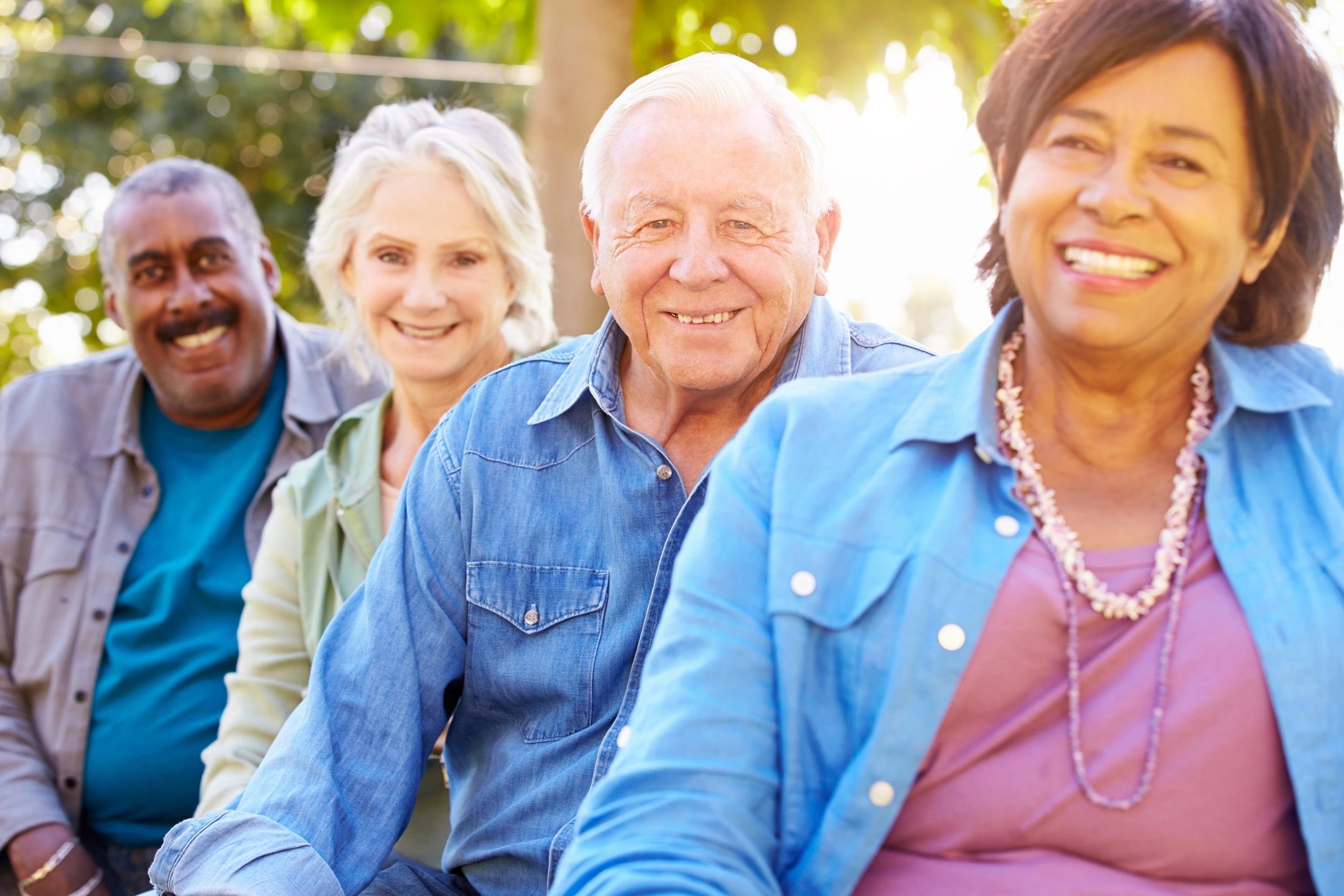MAA Co-Chair Allen Rucker discussed disability and aging in his latest post for the Christopher Reeve Foundation‘s Life After Paralysis blog.
” Put this in your pipe and smoke it: according to the Census Bureau, “by 2030, the number of U.S. adults aged 65 and older will grow to 73.1 million.” That’s about 21% of the then-projected total population of 359 million. One out of five. And getting bigger every day.
When I became paralyzed in the late 1990’s and had to learn to live with wheelchairs, grab bars, catheters, and the like, I realized that I was getting a leg up on becoming old. I was at least twenty years ahead of my ambulatory peers in handling the health consequences and yes, indignities of aging. None of them wanted to hear about this at the time, of course. They were neither old nor planning to get old and certainly didn’t want to think about what that might mean, should it occur. They were all 50 going on 30, not 50 going on 70. And for good reason. Who wants to think about getting old? Hell, you might get older faster just dwelling on it. There is no upside.
Well, that chipper, chin-up crowd has finally caught up with the aging disabled like me and our problems now meld together. I can’t walk because of paralysis. My friends can’t walk, or have a hard time doing it, because of arthritic knees or hips or painful back problems. They are lining up for joint surgery and now use canes and walkers. I use a chair. We are all slow and cumbersome, but I can outrun most walkers.
Plus, they are now contracting other old-age-specific infirmities and have their own health horror stories to tell at parties. Unlike most cases of paralysis or MS, say, these diseases are often fatal. Some survive, some don’t. Some, like my late brother, 75, survive one horror – Stage 4 metabolic melanoma – then succumb to an undiagnosed brain disorder, autoimmune encephalitis. By 2030, an estimated 70% of all cancers will occur among adults over 65. That’s what every oldster will be talking about in eleven years, even more than they do today if that is possible.
I go to parties now where nearly half of every couple has a chronic health problem. Cancer, stroke, the onset of dementia, COPD, a bad heart, diabetes. We are no longer talking about our parents. We are talking about us. If you are in the 65+ demographic, count the number of people with chronic conditions at your next cocktail party.
The paralysis I’ve lived with for twenty-two years is an anomaly. It’s a disorder of the young, in large part, the young and active. My recent, sudden bout with TIA’s – transient ischemic attacks, or mini-strokes – is much more old-age-appropriate. Though of late, younger men have died of a stroke, namely, filmmaker John Singleton and actor Luke Perry, while two-thirds of stroke victims are over 65. Stroke is the fourth biggest killer and the number one cause of adult disability in the US, but it doesn’t get the attention that cancer does. If you’ve had a stroke or a TIA, you’ll be super aware of another one possibly coming. If you haven’t, you are usually hit hard, once, out of the blue, and suffer either death or any number of disabling consequences. Cancers are inherently dramatic, often long and episodic, and the outcome unclear. And they go away and recur, a horrible sword hanging over anyone’s head.
This rapid aging of America will have profound consequences on people with disabilities. First, there will be a lot more disabled folks. Is that good or bad? In voting about health matters like Medicare and Medicaid, it’s probably good. According to the AARP, 71% of people over 65 voted in the last election, versus less than half of people 18-29. If 80% of the projected 73 million oldsters in 2030 have one or more chronic condition – that’s the current guestimate – and 71% of those disabled oldsters vote, then you got a potential 58 million disabled votes. That’s a huge political force, if motivated.
The dependency ratios between old and young, as the experts say, will get completely skewed. In 1960, those under 18 made up 65% of those considered dependent on family members. In 2030, that drops to 37% as older dependents double to 35%. In 1980, it was 19%. Taking care of an old parent with a chronic condition, as anyone who has done so will tell you, ain’t cheap. The average cost of assisted living in California is $4000 a month. Unless you send your kid to Duke or Stanford, that’s a lot more than tuition at most universities. Soon student debt will take a backseat to elderly debt. You might even have to pay under the table to get Mom or Dad into the “right” old folks’ home.
This is a big demographic turning point coming and few people outside of the experts think about it in their daily lives. When it hits full-bore, disability and the elderly will no longer be a fringe subject in the American conversation. It will be right in the middle.“
Source: https://www.christopherreeve.org/blog/life-after-paralysis/oldsters-among-us

